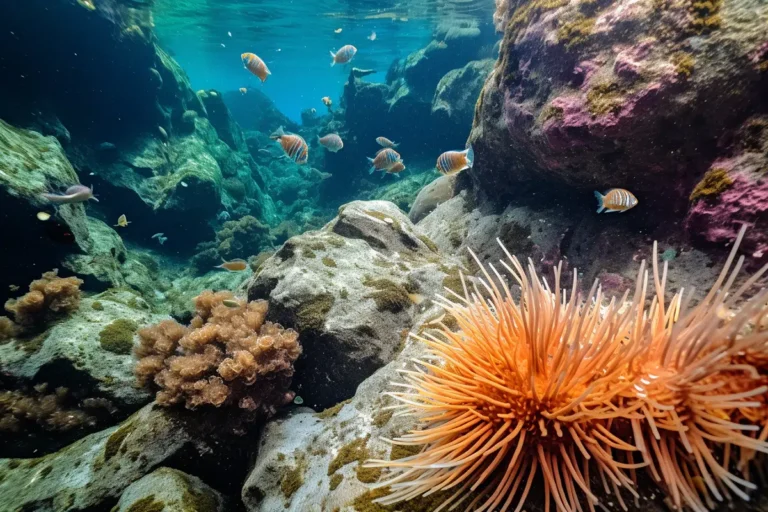The vastness of our planet’s oceans remains a mysterious frontier, with over 70% of Earth’s surface covered by water, yet less than 10% of the ocean floor adequately mapped. However, a groundbreaking project supported by the Ocean Frontier Institute (OFI), is changing that narrative. The Benthic Ecosystem Mapping & Engagement (BEcoME) project, led by Dalhousie and Memorial University, has set out to unravel the secrets of the ocean’s depths and understand the role of benthic habitats in our ever-changing climate.
To achieve this ambitious goal, scientists are turning to innovative technology to create detailed maps of the physical features of underwater ecosystems. Their journey led them to the pristine waters surrounding the Galápagos Islands, a unique area in the Pacific Ocean.
The team, supported by the Schmidt Ocean Institute (SOI), embarked on a five-week expedition known as Project Zombie, bringing together 24 scientists worldwide. Led by Chief Scientist Dr. John Jamieson and BEcoME project co-lead Dr. Craig Brown, they had a mission: to test a cutting-edge imaging technology called Interferometric Synthetic Aperture Sonar (SAS), developed by Kraken Robotics.
Previously used in applications like defence and offshore energy, this technology had never been tested for scientific purposes. The team’s voyage aimed to determine its suitability for mapping the ocean floor and exploring the hidden depths of the Galápagos.
The results were nothing short of remarkable. With the precision of the InSAS technology, the scientists discovered three hydrothermal vent fields, including one previously unknown to science, which they fittingly named “Tortugas.” These vents, found along oceanic tectonic plate boundaries, are known for supporting unique underwater life and harbouring valuable metals, prompting scientists to investigate their resource potential and environmental risks.
But that was not all. The researchers also stumbled upon a Pacific white skate nursery, a rare find globally, and identified 15 species of seafloor animals previously undocumented in the region. Some of these species may even be entirely new to science.
Meanwhile, Dr. Katleen Robert from Memorial University’s Marine Institute led a separate expedition aboard the Falkor (too), focusing on another BEcoME project goal: mapping deep-water coral habitats in three dimensions (3D). The Galápagos Islands, home to undisturbed deep-water coral reefs under varying environmental conditions, provided a unique opportunity for this endeavour.
Dr. Robert’s team utilized the Voyis Insight Micro laser scanner and the specially equipped SuBastian remotely-operated vehicle (ROV), capable of reaching depths up to 4,500 meters. Their efforts yielded astounding results, including discovering two deep-sea reefs, one of which stretched 800 meters in length.
These discoveries enhance our understanding of the Galápagos National Marine Reserve and contribute to managing the Eastern Tropical Pacific Marine Corridor. Ultimately, the BEcoME project is pushing the boundaries of oceanic research by harnessing new mapping technologies, shedding light on the hidden wonders of the ocean floor, and promoting sustainable ocean stewardship.
As our knowledge of the ocean’s depths expands, we inch closer to uncovering the secrets beneath the waves, offering hope for a more profound understanding of our planet’s past, present, and future.


